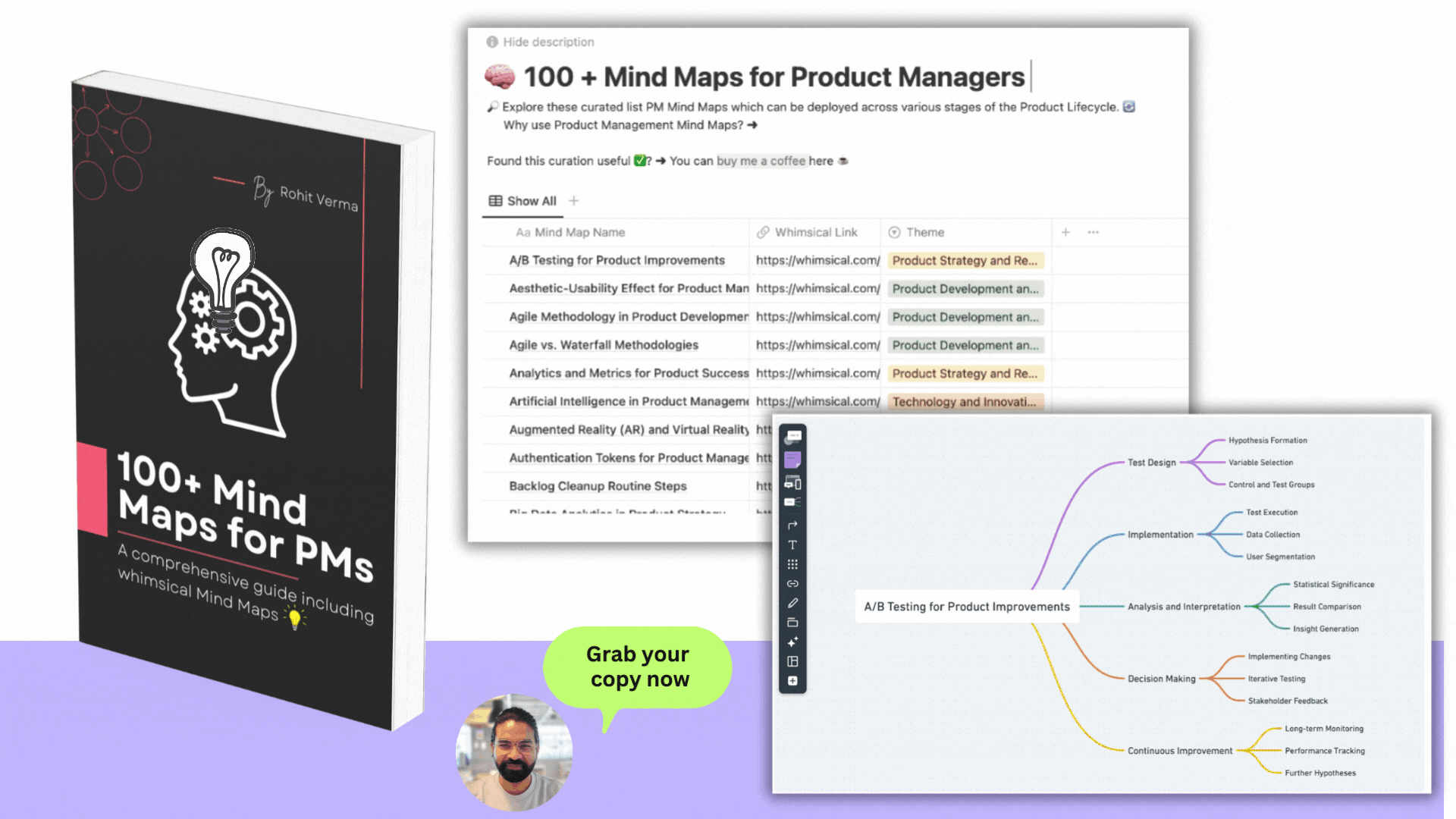
What is KIAM & why Product Managers should care about it?
In the dynamic world of product management, understanding and implementing security measures is crucial. One such measure that has gained prominence is Kubernetes Identity and Access Management (KIAM). This article delves into the intricacies of KIAM, offering product managers a detailed understanding and practical guide to leveraging this system for enhanced security protocols in their products.
Understanding KIAM:
KIAM, an acronym for Kubernetes Identity and Access Management, is a system that helps manage access and permissions for Kubernetes (K8s) resources. It’s instrumental in defining who (or what) can perform actions on various resources within a K8s cluster.
- Role-Based Access Control (RBAC): KIAM often employs RBAC, a method that regulates access to computer or network resources based on the roles of individual users within an enterprise. In KIAM, RBAC can control what type of access a subject (user, group, or service account) has to a pod, a service, or a volume.
- Identity Federation: KIAM allows for identity federation, meaning it can integrate with external identity providers (IdP) like Active Directory, LDAP, or IAM services provided by cloud providers. This feature enables users to use a single identity to access resources both in and out of the Kubernetes cluster.
Why Product Managers Need to Understand KIAM:
Product managers, especially those working with products that leverage cloud services or have microservices architectures, need to understand KIAM for several reasons:
- Security: In an era where data breaches are rampant, KIAM helps enforce strict access controls, ensuring that only authorized entities can interact with your K8s resources.
- Compliance: For products that must adhere to regulatory standards (e.g., GDPR, HIPAA), implementing proper access control mechanisms is mandatory. KIAM provides the granular control needed to comply with such regulations.
- Efficiency and Scalability: With KIAM, you can manage permissions with high granularity, ensuring resources aren’t over-allocated or under-protected. This efficiency is crucial for scaling products and resources effectively.
Implementing KIAM in Practice:
Here’s how product managers can guide their teams in implementing KIAM:
- Assess Current Access Controls: Review the existing access controls in place for your K8s resources. Identify any lax or overly stringent permissions and consider the principle of least privilege as your guiding standard.
- Define Roles and Responsibilities: Clearly define the roles within your team and the types of access each role requires. Create roles in your KIAM system that match these responsibilities.
- Implement RBAC: Use RBAC to assign permissions to the roles you’ve defined. Ensure that each role has just enough access to perform its functions, but no more.
- Set Up Identity Federation (if applicable): If you’re using an external IdP, set up an identity federation. This setup will allow your team members to use their existing credentials to access K8s resources.
- Audit and Review: Regularly audit your KIAM configurations and access logs to detect any improper configurations or potential security incidents.
Real-World Example:
Consider a healthcare product that uses a microservices architecture on Kubernetes and must comply with HIPAA. The product manager oversees several teams, including developers, QA testers, and auditors, each requiring different levels of access to the K8s cluster.
By implementing KIAM, the product manager can ensure that developers have the access they need to deploy new services, QA testers can access logs and data for testing, and auditors have read-only access to ensure compliance, all while maintaining the strict access controls required by HIPAA.
Below is the strategy map based on KIAM and how to use it in practice. This map outlines the key points and strategic pathways from understanding KIAM to its practical implementation and real-world application.

Understanding and implementing KIAM is no longer optional for product managers. It’s a necessity for those who wish to keep their products secure, efficient, and compliant with various regulations. By embracing KIAM, product managers safeguard their products, instill confidence among stakeholders, and ensure they are ready for the security challenges of the modern digital landscape.
Thanks for reading! If you’ve got ideas to contribute to this conversation please comment. If you like what you read and want to see more, clap me some love! Follow me here, or connect with me on LinkedIn or Twitter.
Do check out my latest Product Management resources 👇
- 🧠 100 + Mind Maps for Product Managers
https://rohitverma.gumroad.com/l/MindMapsForPMs

- 100 Technology Terms PMs Need to Know 💡
https://rohitverma.gumroad.com/l/PMTechTerms

- The Ultimate List of 100+ Product Management tools 🛠https://rohitverma.gumroad.com/l/PM-tools

- The Ultimate List of Product Management Frameworks ⚙️
https://rohitverma.gumroad.com/l/PM-frameworks

- The most exhaustive OKRs notion template 📔https://rohitverma.gumroad.com/l/OKR-Template

